Hidden Treasures of NRW: Bielefeld
For the first post in the series “Hidden Treasures of NRW”, I will talk about a town called Bielefeld about 40 km north-west of Paderborn. The town is situated on the Hermannsweg, a hiking trail which runs for 156 km along Teutoburg Forest. Bielefeld is home to a significant number of internationally operating companies, including Dr. Oetker, Gildemeister and Schüco. It has a university and several technical colleges (Fachhochschulen). I decided to visit Bielefeld because I was to visit some relatives who have been living there since the past 40 years: a loving couple who were gracious hosts to me.
The town’s synagogue was burned in 1938 during the Kristallnacht riot carried out against Jewish population. From 1944 to 1945, the town was bombed several times until American troops finally entered Bielefeld in April 1945.
I started my journey exploring Bielefeld with a long hike to the top of the Sparrenburg hill, home to Sparrenburg Castle. Sparrenburg’s origins go back to the 13th century and during the 30 Years’ War in the 1600s it was coveted by Dutch, Spanish, Swedish and Hessian forces. The castle was heavily damaged in the course of the air raid on Bielefeld in World War II, only the tower remained undamaged. This beautiful castle I saw was a result of some heavy restoration and renovation work done between 1948 to 1987. The promenade that led to the castle was a beautiful hike and many locals seem to use this route for their usual evening walks. Sparrenburg castle is also a favorite spot for photoshoots and wedding after parties. The atmosphere was jovial when we visited the castle and I got to admire the beautifully dressed couple as well as wedding guests.

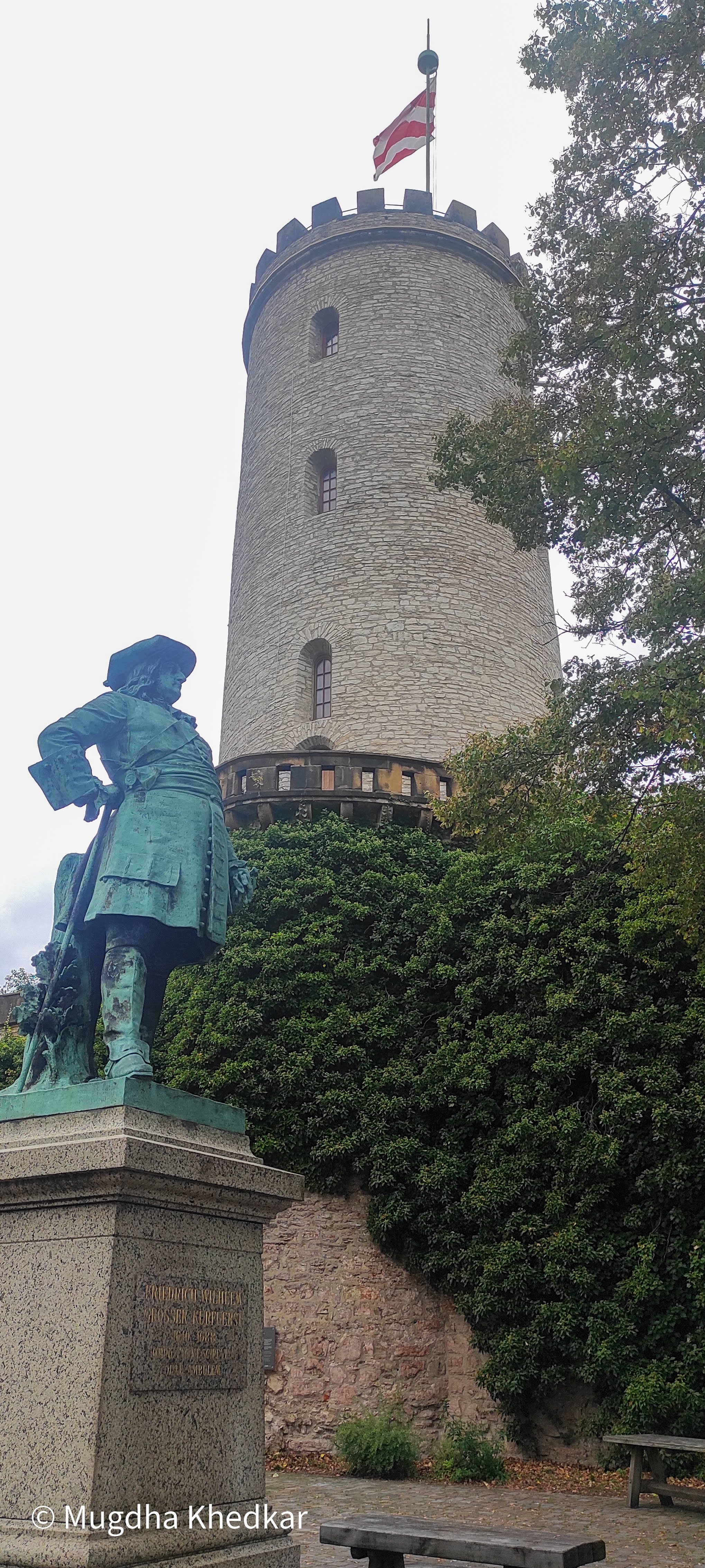
The view from the top of the castle was beautiful: a calm European town that has an old antique charm even with a touch of industrialization. Imagining how the buildings that are under construction will change the view broke my heart, but also encouraged me to savour this view in my sight and my camera.

From there we walked through the town. A walk through most German towns can be very enlightening: even ordinary cafes have the most beautiful architectures that seems to be well preserved with time. Most major parts of the towns in Germany were renovated after the World War II because most towns were heavily damaged during the war. But there are some signs here and there, just little traces of how the world was before tragedy struck.

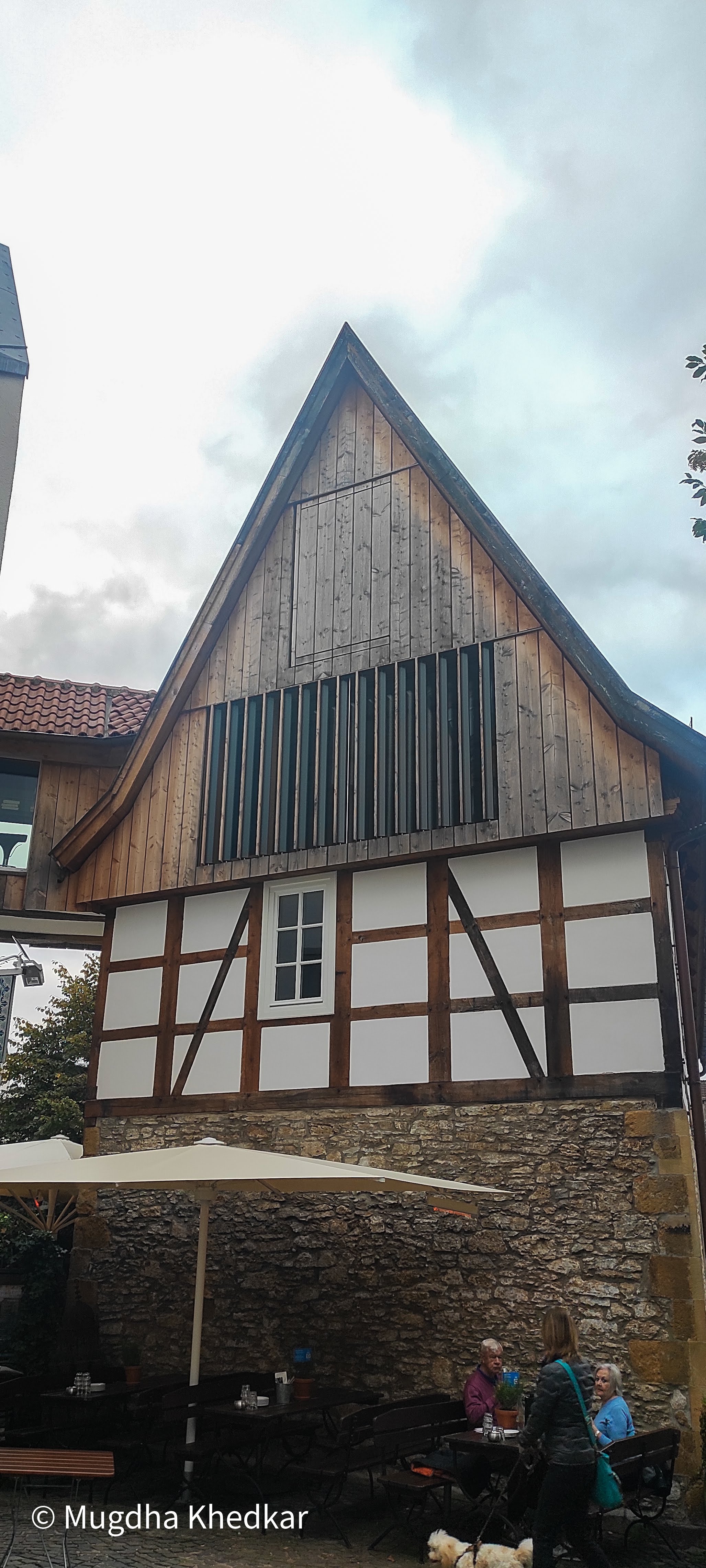
Another very interesting tourist spot in Bielefeld is Kunsthalle (Art Museum). The day I visited Bielefeld was all the more special due to the Annual Art Exhibition throughout Bielefeld. Due to COVID restrictions, I did not attend the Exhibition but I could roam around Kunsthalle and capture some very special art displayed on the Kunsthalle lawns. It was also heartwarming to see families attending these exhibitions with their kids and making a day out of it.
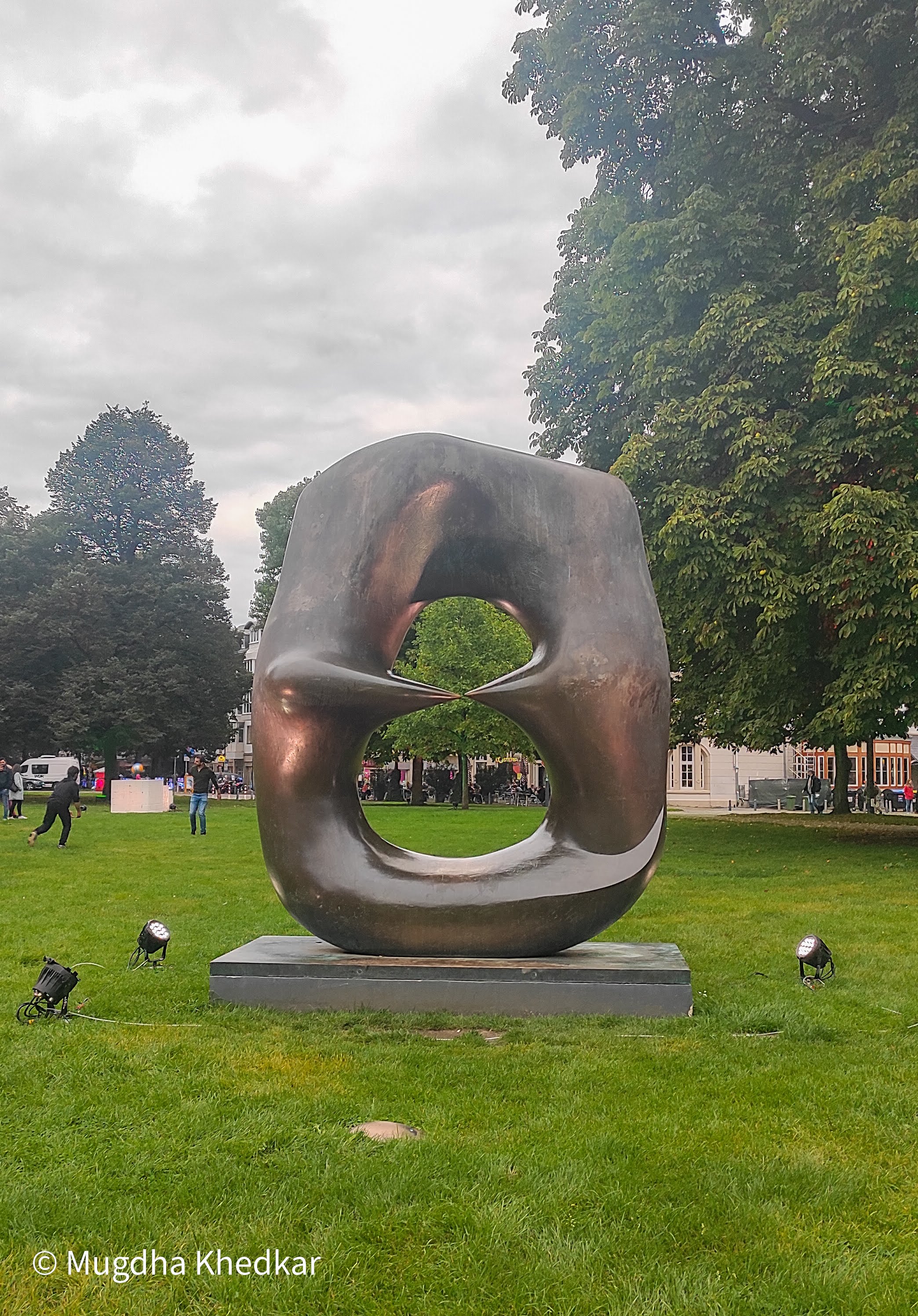
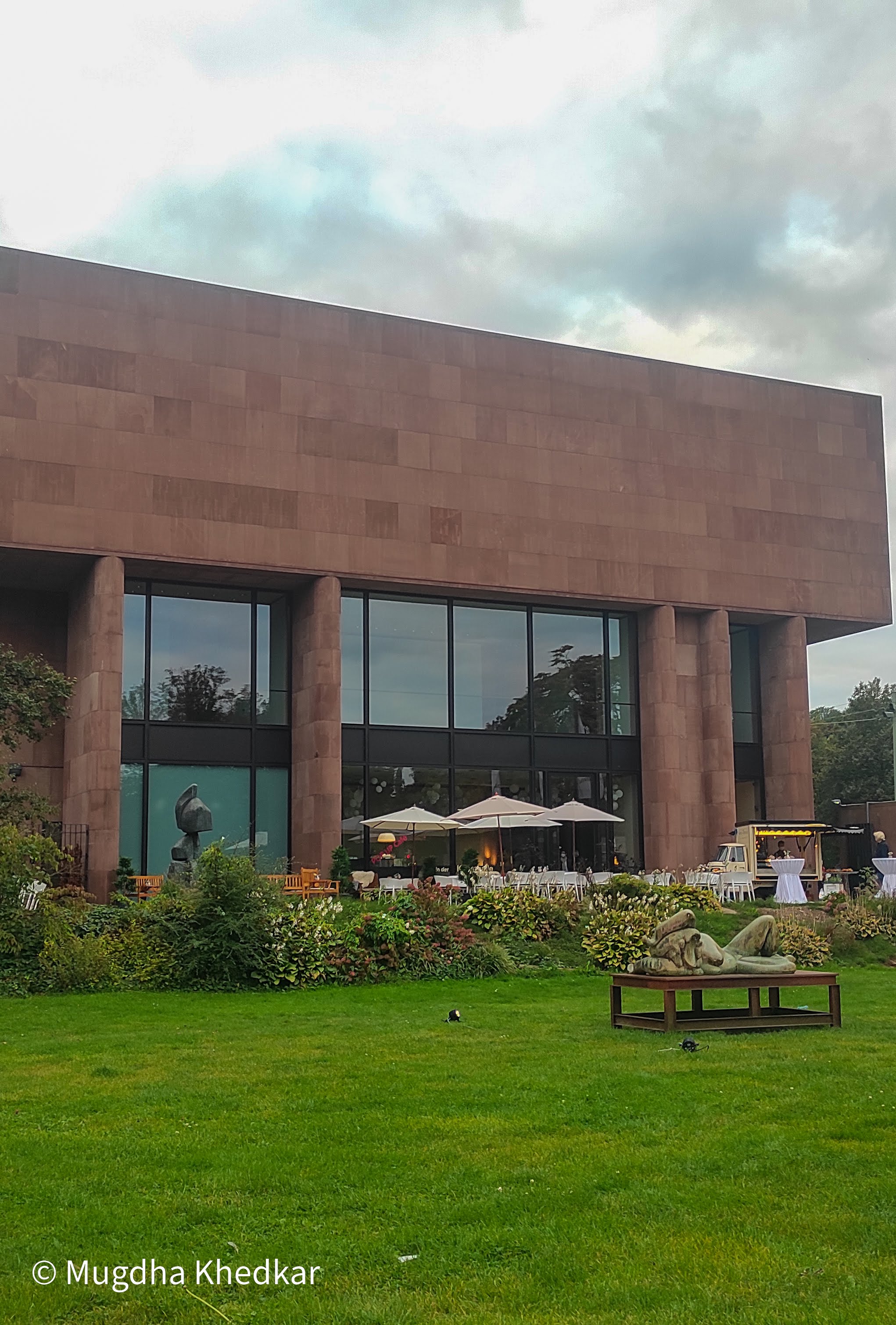
Owing to the Annual Art Exhibitions, the picturesque Old Market (Alter Markt) was beautifully lit up that evening. Old markets in many German towns are old Historic squares with some exquisite architecture. Just walking through the market was like walking through two timeframes. On the one side there was this beautiful old historic market and on the other were newer markets with attractive deals (H&M, Zara etc). Even in the middle of the huge crowd in the AltStadt (Old Town), I felt like I was a lone traveller trying to feel and understand where one timeframe ended and another began.
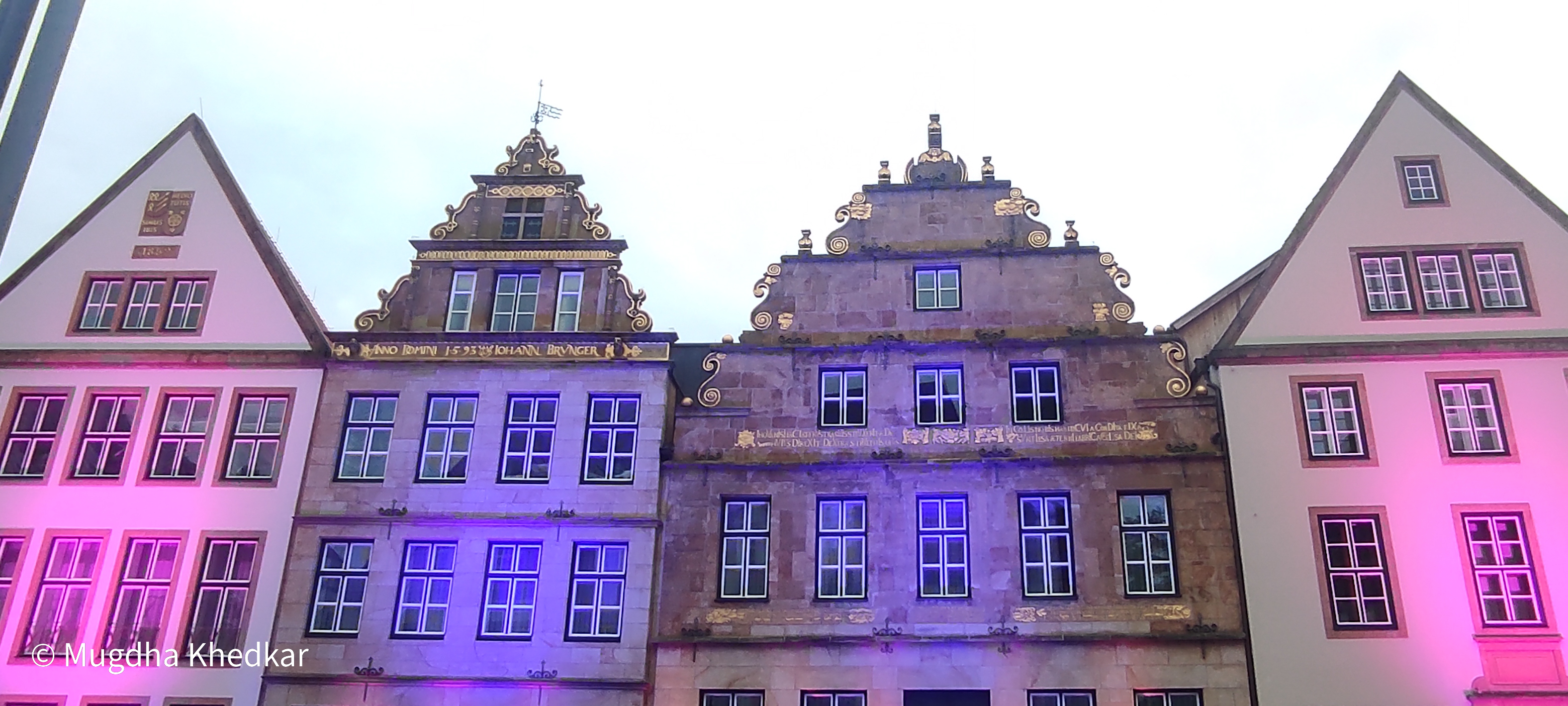
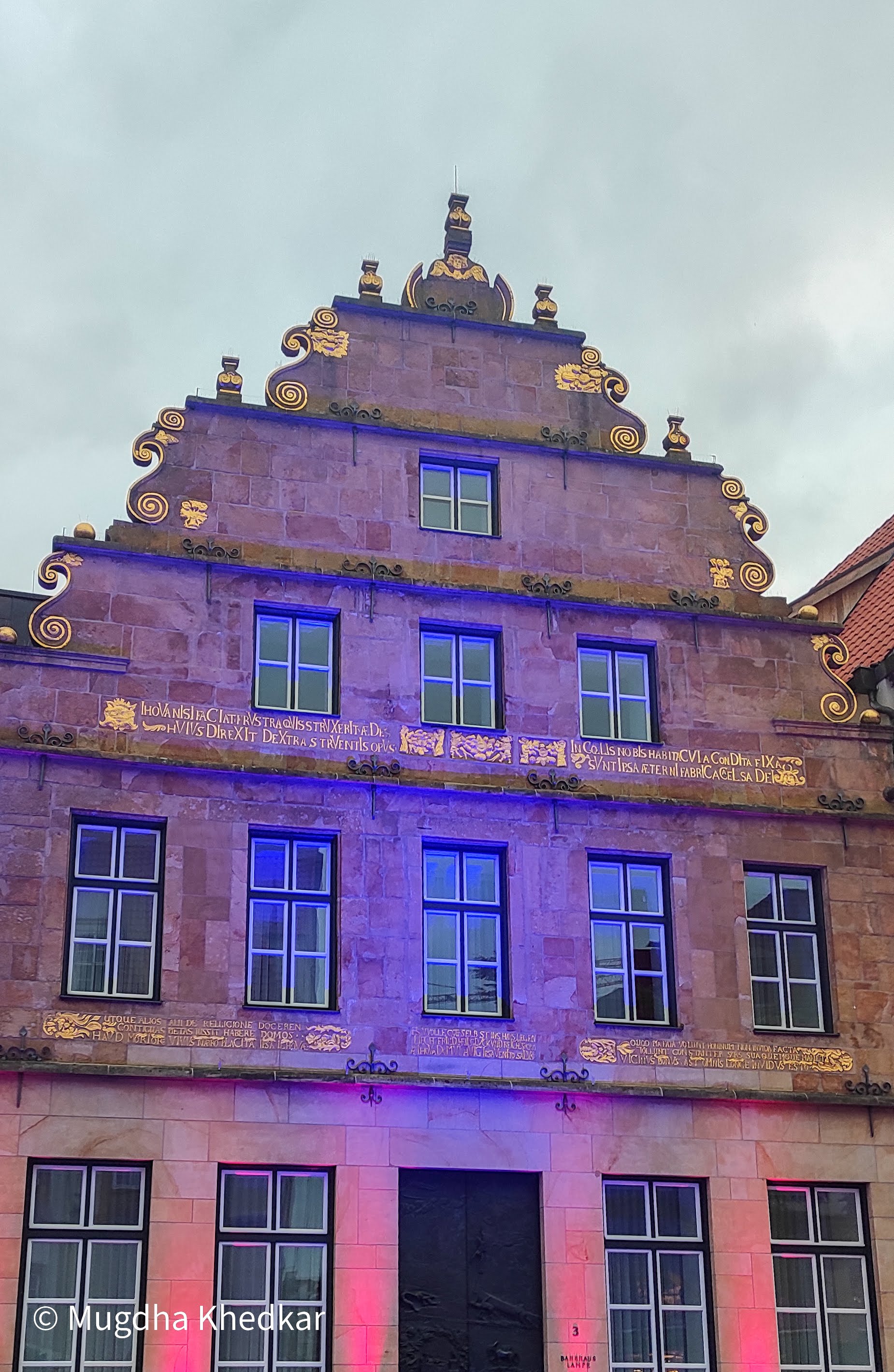
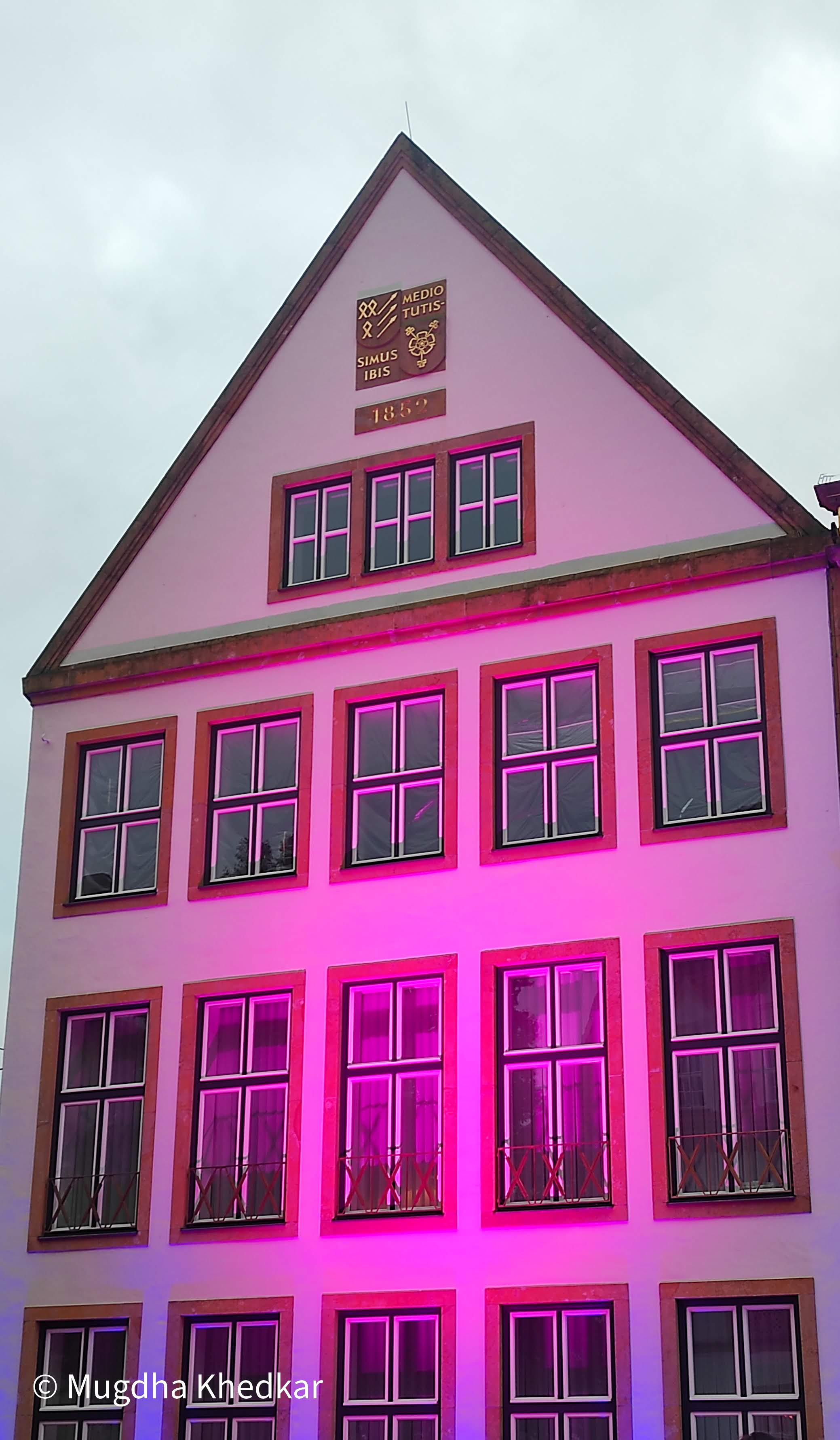
The rest of my stay in Bielefeld was interesting as my hosts and I talked about the rich cultural heritage and history associated with almost all little German towns. There is an intriguing but massively heartbreaking story behind most towns in NRW, and I can’t wait to explore at least a few of them while I get to live in this beautiful country.
